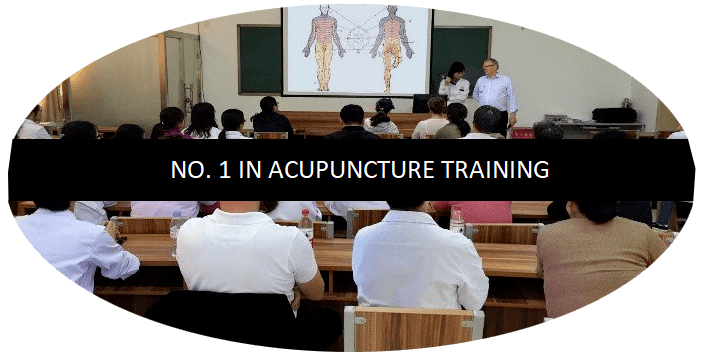5 – AcuStomach
The 5th method of Boel Modern Acupuncture
Illnesses where AcuStomach is often the first choice:
All stomach and intestinal problems f.ex.:
Ulcerative colitis – chronic colitis
Crohn’s disease – chronic small bowel inflammation
Nervous colon – affects about 20% of all adults
Organic diseases of the liver, pancreas, spleen, bladder and kidney
Herniated disc – together with AcuSpine
Genetic diseases – together with AcuDNA
As you know anyway, you have a brain that is under the skull in your head. Some people have a big brain, others a smaller one.
We can discuss the importance of brain size, but maybe another time …
Here we would like to clarify something much more important regarding to acupuncture. Namely the question: Do we still have a brain?
Statements like:
What does your feeling say?
I have butterflies in my stomach (before a performance, an exam or a sports competition, etc.)
Mondaymorning I have a “dumpling” in the stomach
Maybe you know other expressions. Why do we say / think so?
An article in the acclaimed American journal “Scientific American” gives us partial answers to this question.
A brain in the stomach
There is a complex, independent nervous system in the stomach. This system has been given the nickname “the other brain”.
If an athlete wins gold in the Olympics, he has a special feeling in his stomach. Why in the stomach? There is a reason for that. A good reason.
The exact cause of this feeling is an often overseen network of nerve cells covering the inner region of the gastrointestinal system, a network that covers so much area that some scientists call it the “second brain.”
To get a better understanding of the nerve tissue that is endowed with important neurotransmitters (signaling agents in the nervous system), it has to be said that it has a much more extensive function than just showing digestion or nervousness. The brain in the abdomen – in cooperation with the head – plays an important role in our overall condition and has a great influence on many diseases in our body.
“The Second Brain does not process the big thoughts like religion, philosophy and poetry,” says Dr. Michael Gershon, chair of the Department of Anatomy and Cell Biology at the New York Columbus University Medical Center and author of the book “The Second Brain” (Harper Collins).
The other brain consists of neurons (nerve cells), which are located on the inner walls of the approximately 9 m long gastrointestinal tract. It contains about 100 million neurons. This is more than in the spinal cord or in the periphery of the nervous system, says dr. Gershon.
This large amounts of neurons in the abdomen makes it possible to “feel” our inner gut feeling and to know what is going on inside. In addition, “The Second Brain” ensures that food is ingested, nutrients are absorbed and waste is sorted out, and so on.
Since the other brain has its own senses and reflexes, it can control the abdominal functions independently of the brain, Dr. Gershon. Probably, we originally developed the other brain to carry out digestion and weed out “on-site” waste, rather than performing this function in the head with the spinal mediator.
“The brain in the abdomen is far too complicated to remove only the waste from our gut,” says Emeran Mayer, a professor of psychology at the David Geffen School of Medicine at the University of California, Los Angeles (U.C.L.A.). For example, Scientists were shocked to learn that about 90% of the fibers in the vagus nerve (the 10th cerebral nerve) carry information from the abdomen to the brain and not vice versa.
The second brain also reveals information of the subconscious kind. “Much of our emotions are likely to be affected by the nerves in our stomach,” says Mayer. Butterflies in the stomach – as part of our physiological stress response – are just one example.
Forget the science!
Professor Wolfgang Prinz of the Max Planck Institute for Psychological Research in Munich said in the German scientific publication “Geo” that this discovery can give a new meaning to the old term ‘gut feeling’.
People often follow their feelings, without even knowing why. Only later comes the logical explanation why they reacted in this way. But now we know it is much more of a feeling than we used to think. Professor Prinz believes that the network of the abdomen may be the source of unconscious decisions that the brain later considers to be its own conscious choices.
John Boel Senior says, “There is the Chinese Acupuncture System, which is Abdominal Acupuncture, and was developed by Professor Bo. I took part in a weekend course, and for me there is no doubt that abdominal acupuncture is an effective system. Unfortunately, it is also complicated, for example, over the weekend we learned to treat only shoulder and elbow problems. Life has taught me something valuable: the simpler a thing, the better it works. I am fortunately in good company; the greatest genius of the twentieth century, Albert Einstein, said: “Any smart fool can make things bigger, more complicated and more violent. It takes a degree of genius and a lot of courage to move in the opposite direction. “In other words, the more complicated something is, the worse it seems. The simpler it is, the closer it is to the truth. I had to realize this simple rule also applies to AcuStomach. I do not want to bore you, but it took me hundreds of hours to figure out how easy it really is.
The points stung at AcuStomach are atypical in relation to all other acupuncture systems except AcuDNA. The AcuStomach and AcuDNA methods complement each other and are therefore often used together.
The needles are placed only 5-7 millimeters in the stomach
As with other Modern Acupuncture methods according to Boel, AcuStomach can treat almost all diseases. The different methods also have some specializations where they are often superior.


